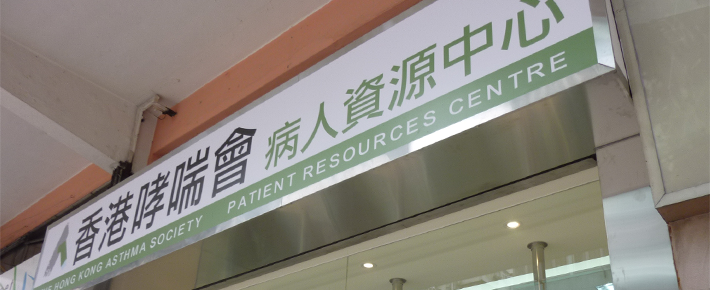Treatment options of Sleep apnea
Lifestyle change
Sleep apnea usually occurs when patients sleep on their back. They can eliminate or reduce airway blockage caused by the uvula or the tongue by learning to sleep on their side. Obesity is also a major cause of the disease. Regular physical activity and progressive weight loss will improve the conditions during sleep.
Quit smoking, drinking and using sleeping pills
Smoking stimulates the airway to produce more mucus, which in turn blocks the airway. Alcohol and sleeping pills relax muscles, contributing to airway blockage.
Use dental devices
For mild cases, patients can wear a special dental device during sleep to correct the lower jaw position, stopping the tongue from blocking the airway.
Continuous positive airway pressure (CPAP) machine
Currently, this is the primary treatment used, and is suitable for mild to severe cases. A doctor’s diagnosis and prescription are required. CPAP adjusts the air pressure to keep the airway free of blockage. This option is not a cure but can prevent suffocation during sleep if used continuously.
Surgery
There are many types of surgery for the treatment of sleep apnea, depending on the conditions of the patients. Surgery may not be a complete solution for the disease. Patients need to understand the risks involved, including success rate and complication before making a decision.





